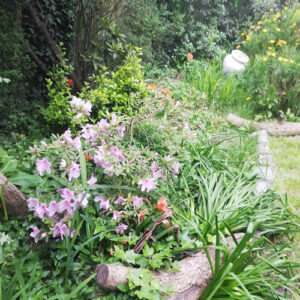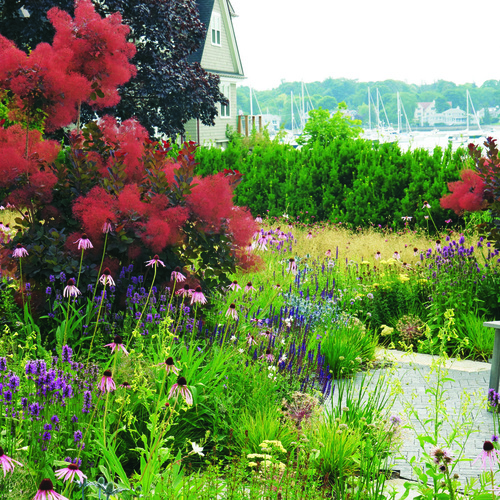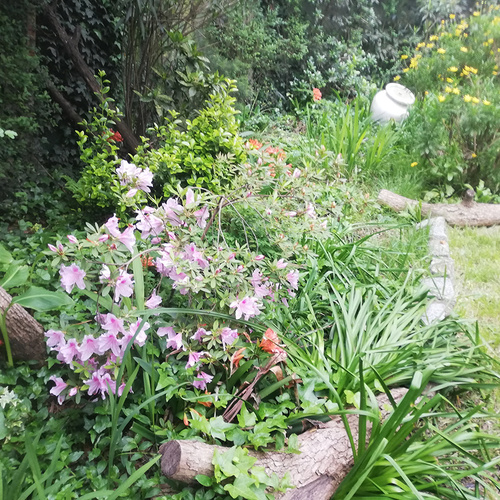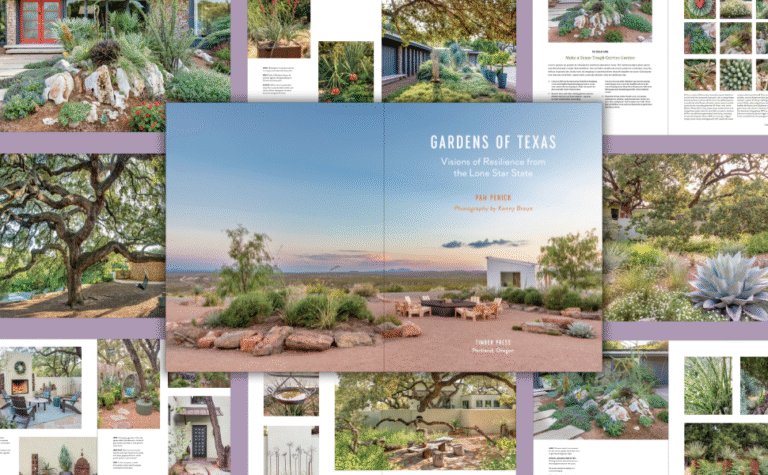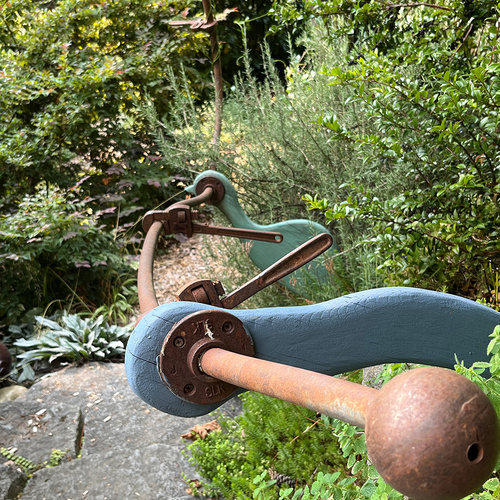Expert Picks for Long-Blooming Sun Perennials to Grow in the Northeast
If you’re looking for plants that provide blooms all season long—not just for a short time—these expert picks for the Northeast are sure to brighten your garden. Discover four long-blooming perennials for sun that thrive in this region’s summers, bringing reliable color to sunny beds and borders from summer into fall.
See more regional picks: Great Native Plants for the Northeast
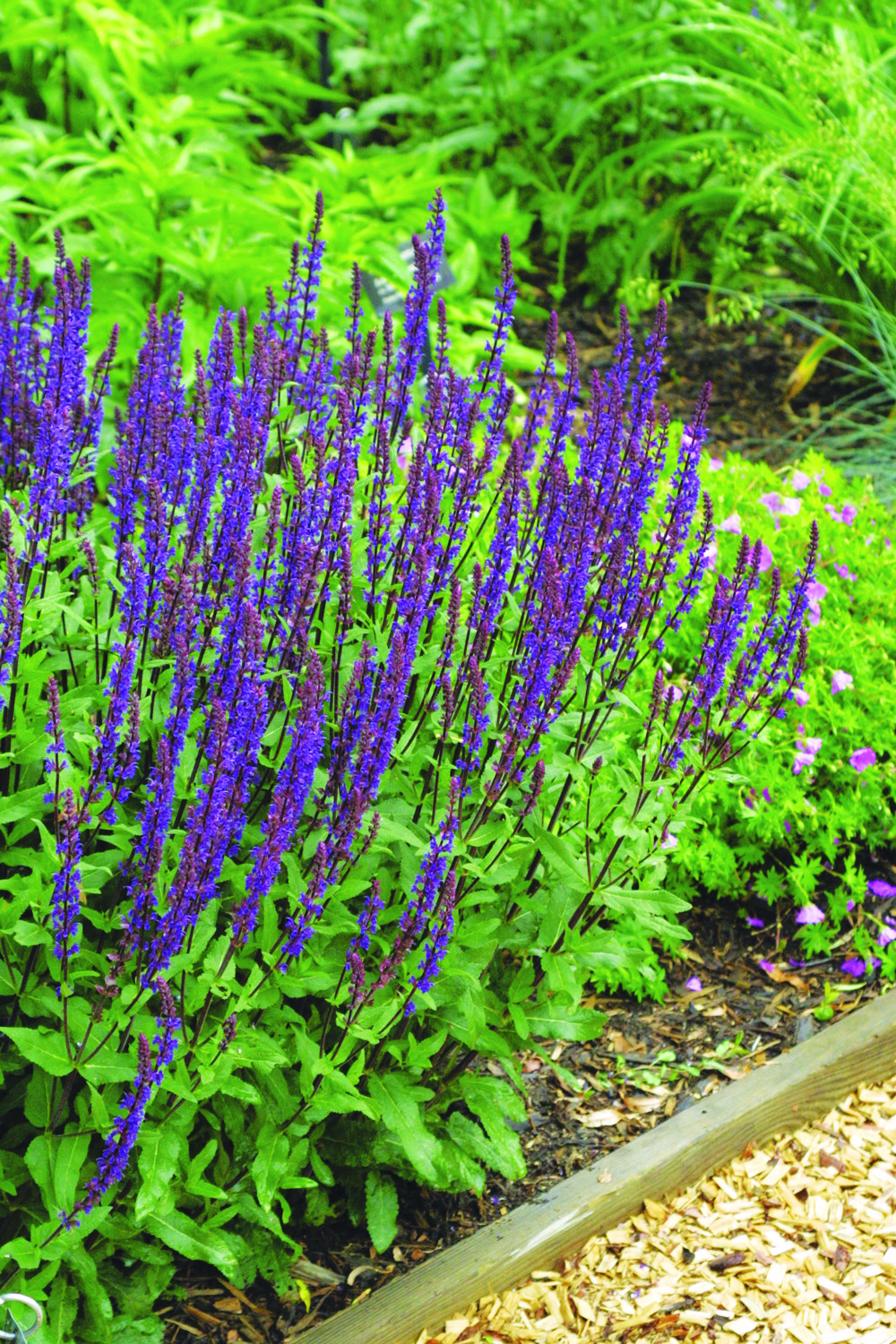
‘Caradonna’ salvia
Name: Salvia nemorosa ‘Caradonna’
Zones: 4–9
Size: 1½ to 2 feet tall and wide
Conditions: Full sun; dry to medium,
well-drained soil
Native range: Central and eastern Europe and western Asia
‘Caradonna’ salvia is a standout perennial, cherished for its striking dark purple stems, vivid violet-blue flowers, and tidy upright form. In mid to late spring, dense flower spikes emerge from mounds of medium-green foliage, adding structure and vibrant color to beds and borders. It blooms for six to eight weeks and readily reblooms with deadheading, often extending its flowering season into late summer. Low-maintenance and drought tolerant, ‘Caradonna’ thrives in well-drained soil but adapts nicely to amended clay. Its aromatic foliage deters deer and rabbits, making it a reliable choice for diverse settings. For maximum impact, plant it in drifts or alongside other plants with contrasting forms and textures.
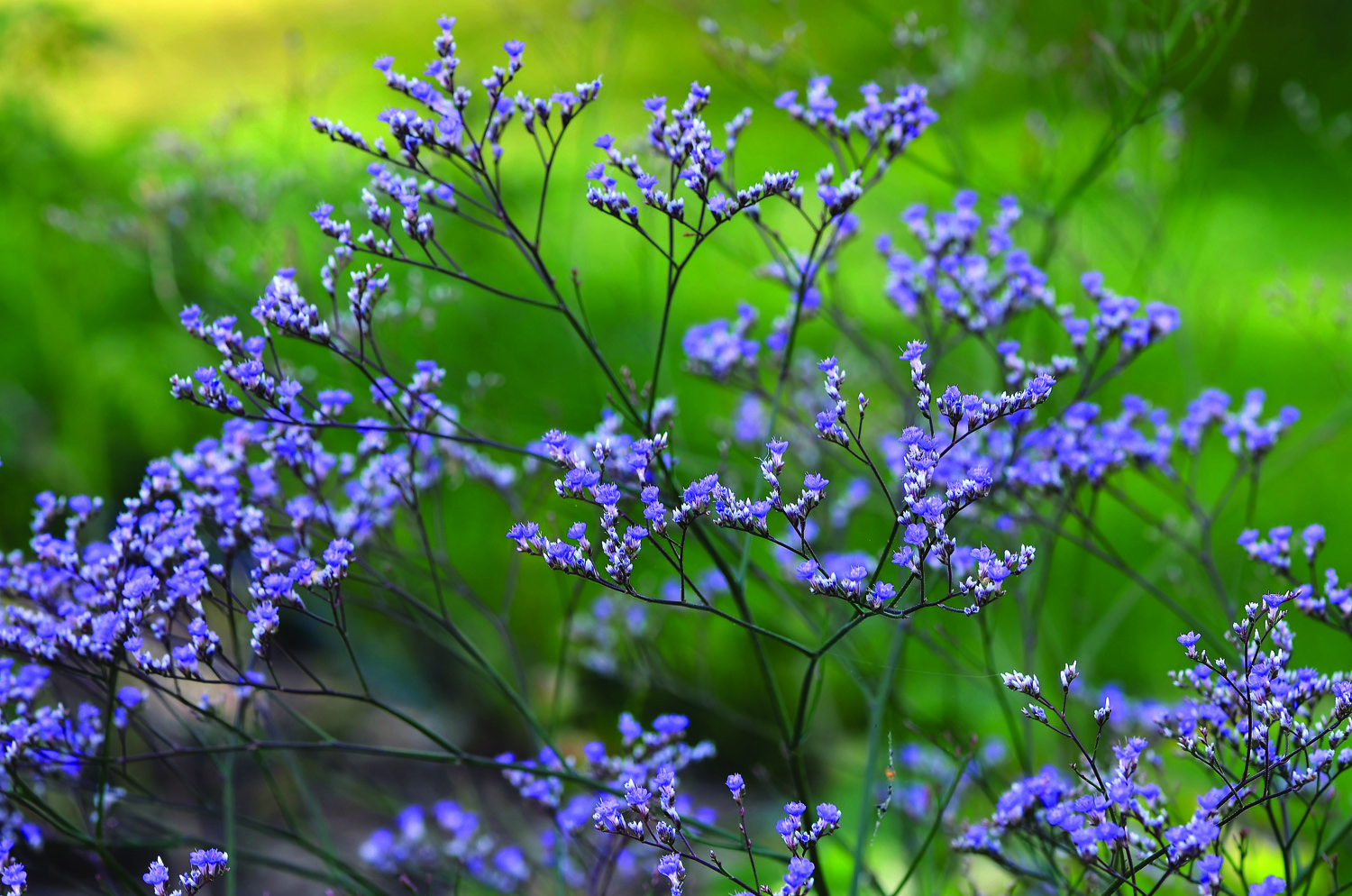
Sea lavender
Name: Limonium latifolium
Zones: 4–9
Size: 1½ to 2½ feet tall and wide
Conditions: Full sun; sandy or loamy, well-drained soil
Native range: Coastal regions of eastern Europe and southern Russia
At first glance, sea lavender may appear delicate, but it is remarkably tough. Tiny lavender-blue flowers form substantial cloudlike inflorescences. They seem to float gracefully above a neat mound of glossy paddle-shaped foliage, held aloft on wiry, slender stems. Blooming from July to September, this hardy long-blooming sun perennial is noninvasive, drought tolerant, salt tolerant, and deer resistant, making it an excellent fit for low-maintenance landscapes. It tolerates poor soil well but is sensitive to heavy clay soil. Sea lavender is best planted so that it can weave effortlessly through other perennials such as blazing star (Liatris spp. and cvs., Zones 4–9) or pale purple coneflower (Echinacea pallida, Zones 3–10).
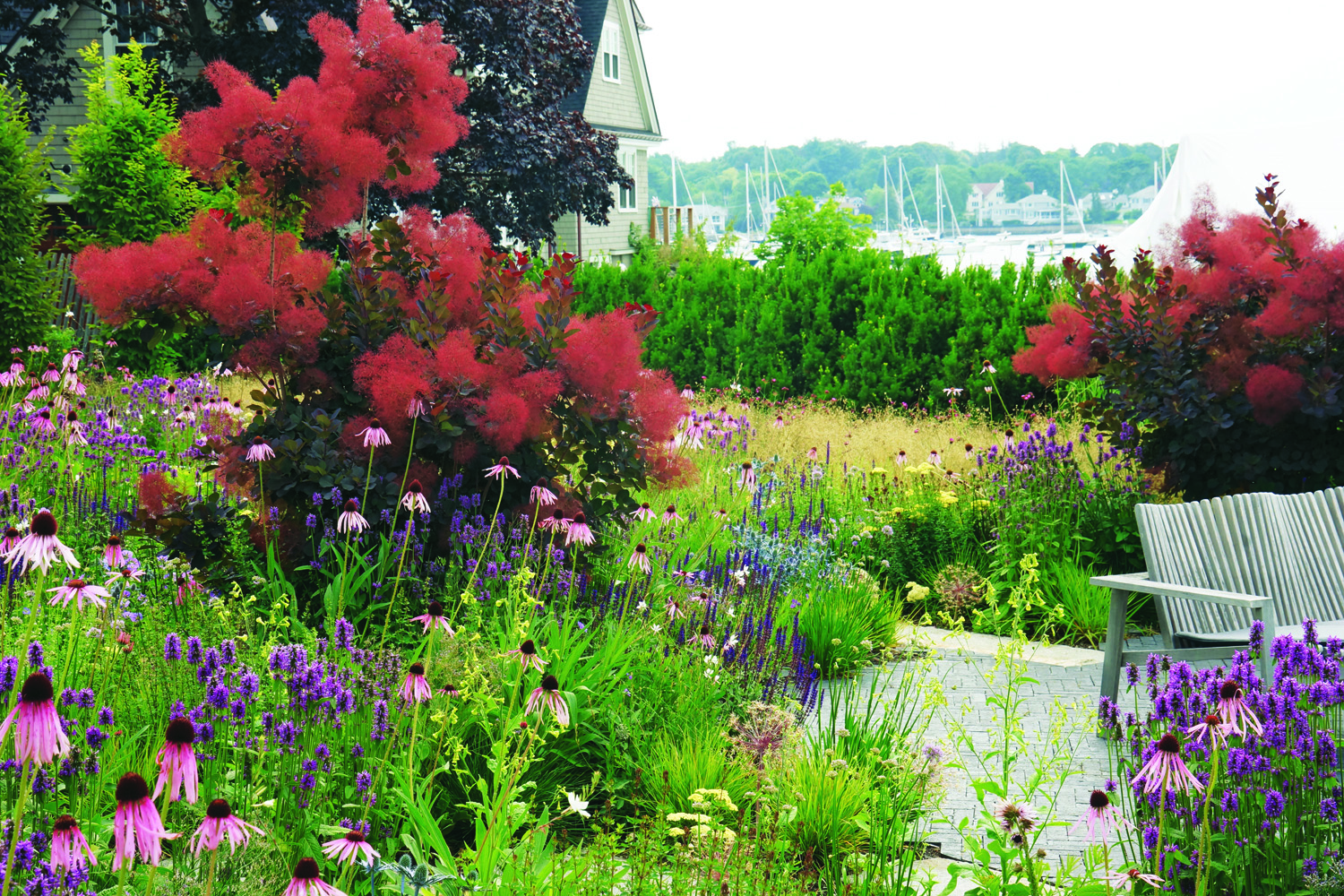
‘Royal Purple’ smokebush
Name: Cotinus coggygria ‘Royal Purple’
Zones: 4–8
Size: 10 to 15 feet tall and 15 to 20 feet wide
Conditions: Full sun; well-drained soil
Native range: Southern Europe and western and central Asia
‘Royal Purple’ smokebush is a striking deciduous small tree or large shrub, valued for its bold colorful foliage and signature smokelike
plumes that are actually made up of small seedpods. In spring, vibrant maroon leaves emerge, accompanied by clusters of small yellow flowers arranged in airy panicles. By summer, the foliage deepens to a dramatic purple black, while the flowers transform into the delicate purplish-pink plumes that envelop the plant in a soft hazy glow and last several months. In autumn, the foliage explodes into fiery shades of red, orange, and scarlet, providing a spectacular finale. This plant blooms on old wood, so pruning immediately after flowering is recommended to encourage growth for the following year.
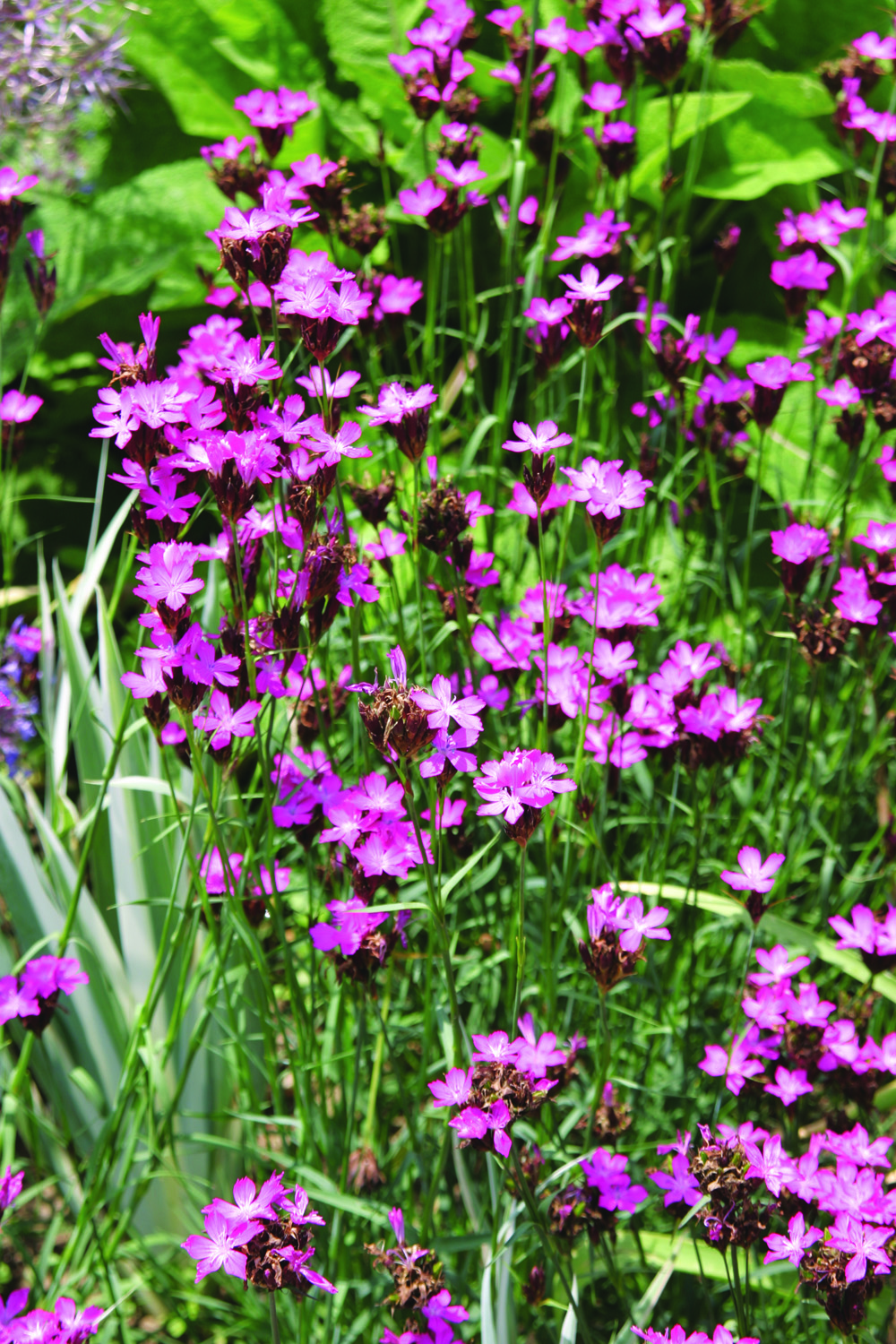
Carthusian pink
Name: Dianthus carthusianorum
Zones: 4–8
Size: 20 to 36 inches tall and 10 to 12 inches wide
Conditions: Full sun; well-drained soil
Native range: Europe
From midsummer to early fall, Carthusian pink brightens the garden with vivid magenta blooms, its flower clusters sitting atop fine, graceful stems. The upward-facing flowers dance in the breeze, adding a whimsical charm to any design. This perennial is drought tolerant once established and would make a low-maintenance addition to rock gardens, wildflower meadows, or mixed borders. Its nectar-rich flowers attract bees and butterflies, providing an essential food source during its long bloom period. Pair Carthusian pink with plants that thrive in similar conditions and bloom at the same time, like yarrow (Achillea spp. and cvs., Zones 3–9) or ‘Wedding Candles’ mullein (Verbascum chaixii f. album ‘Wedding Candles’, Zones 5–8).
Regional expert: Adam Woodruff is a landscape designer based in Marblehead, Massachusetts.
Learn more:
Watch Our Gardening Videos on YouTube
Subscribe to Fine Gardening Magazine
Listen to Our Podcast: Let’s Argue About Plants!
Fine Gardening Recommended Products
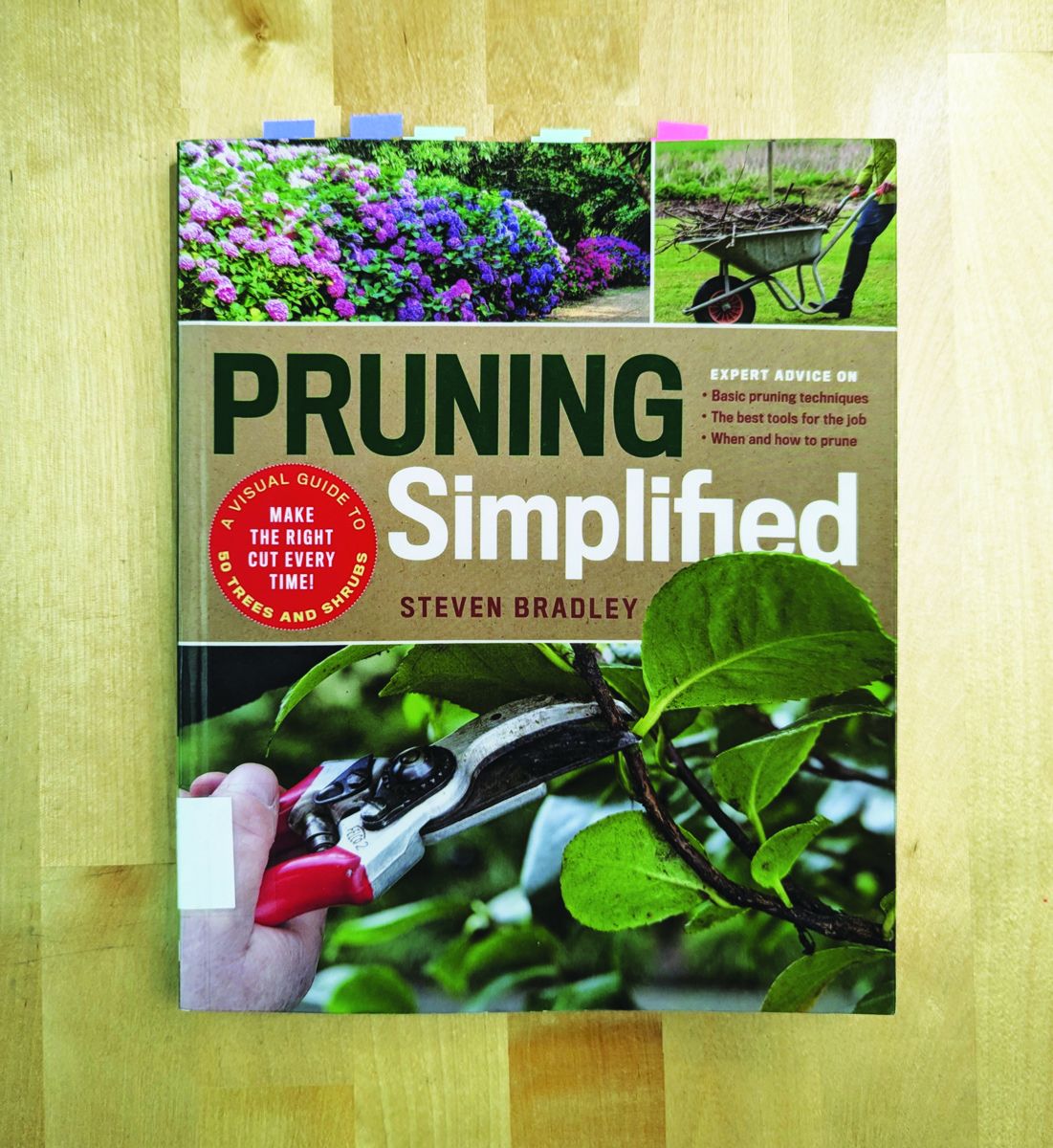
Pruning Simplified: A Step-by-Step Guide to 50 Popular Trees and Shrubs
Fine Gardening receives a commission for items purchased through links on this site, including Amazon Associates and other affiliate advertising programs.
Pruning Simplified shows you exactly how to do it. This must-have guide offers expert advice on the best tools for the job, specific details on when to prune, and clear instructions on how to prune. Profiles of the 50 most popular trees and shrubs—including azaleas, camellias, clematis, hydrangeas, and more—include illustrated, easy-to-follow instructions that will ensure you make the right cut the first time.
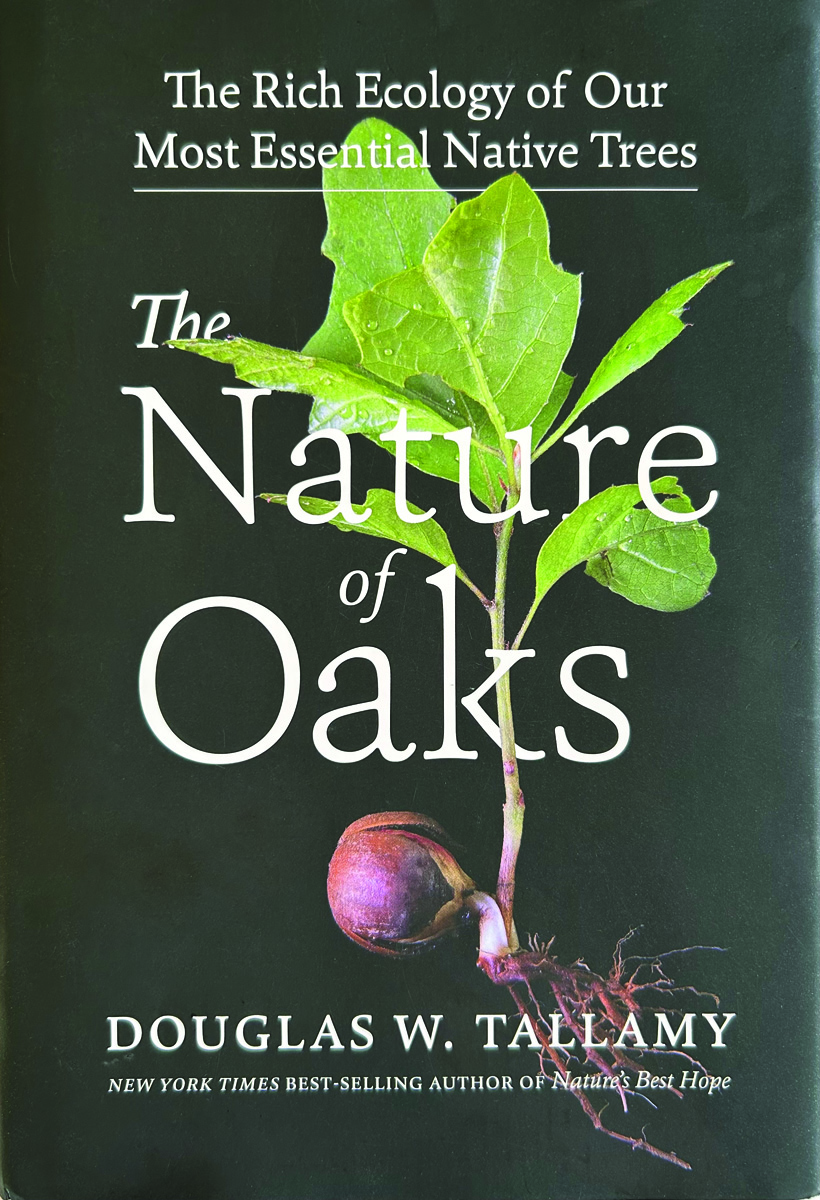
The Nature of Oaks: The Rich Ecology of Our Most Essential Native Trees
Fine Gardening receives a commission for items purchased through links on this site, including Amazon Associates and other affiliate advertising programs.
The Nature of Oaks reveals what is going on in oak trees month by month, highlighting the seasonal cycles of life, death, and renewal. From woodpeckers who collect and store hundreds of acorns for sustenance to the beauty of jewel caterpillars, Doug Tallamy illuminates and celebrates the wonders that occur right in our own backyards. He also shares practical advice about how to plant and care for an oak, along with information about the best oak species for your area.

ARS Telescoping Long Reach Pruner
Fine Gardening receives a commission for items purchased through links on this site, including Amazon Associates and other affiliate advertising programs.
Telescopes from 4 to 7′. Cut and Hold (160) Blades. Drop forged blades for unsurpassed long lasting sharpness. Lightweight, 2.3 lbs., for continued use. Perfectly balanced for easy pruning.



